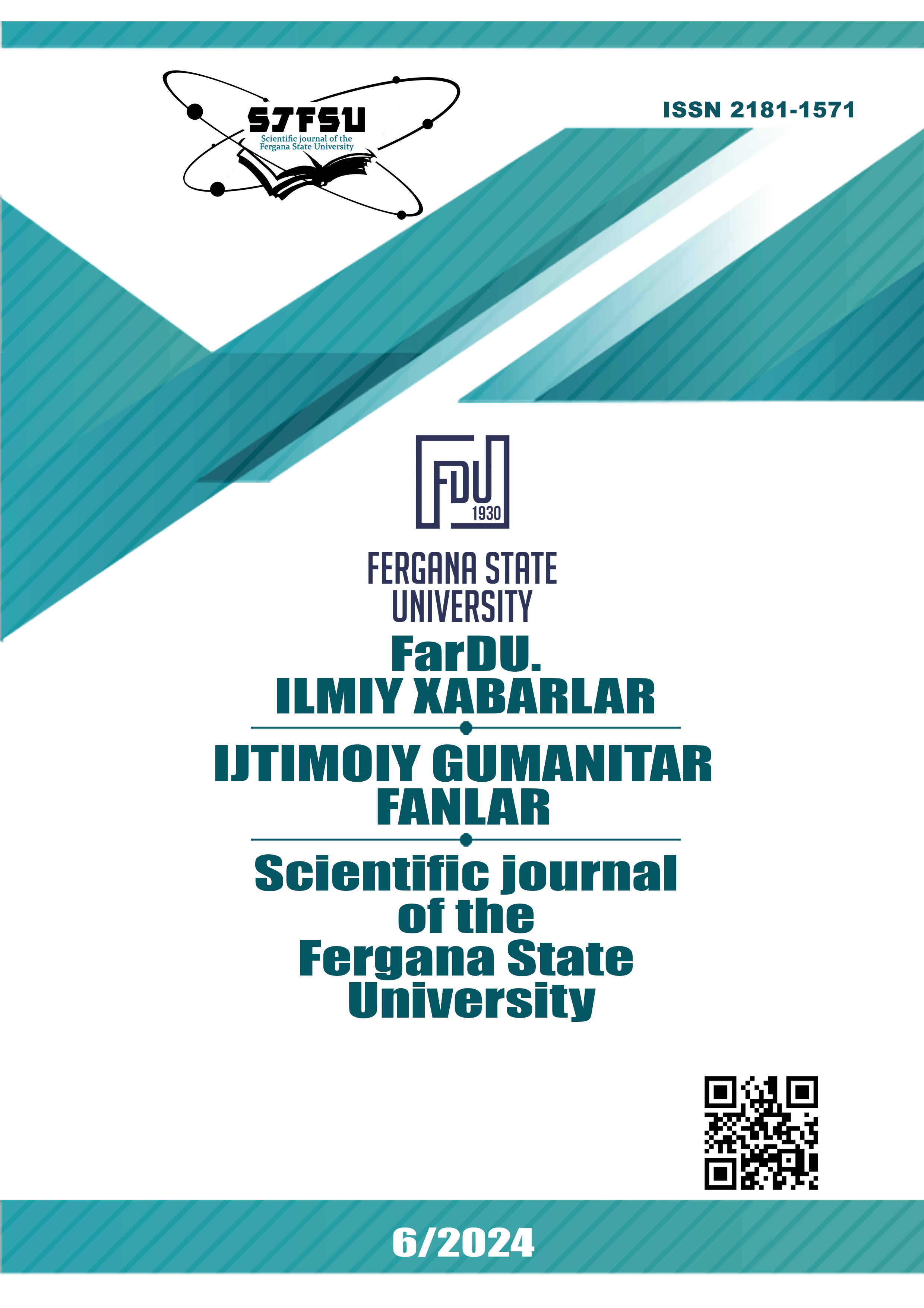INTEGATING SITUATIONAL COMEDIES IN TEACHING EVERYDAY ENGLISH CONVERSATIONS
Keywords:
situational comedies, English language teaching, conversational fluency, listening comprehension, informal expressions, cultural awareness, humor in education, language acquisition, role plays in teaching, multimedia learning toolsAbstract
The article explores the theoretical and methodological foundations of using situational comedies (sitcoms) in teaching everyday English conversations, as well as the potential of sitcoms to enhance conversational fluency, listening comprehension, and cultural awareness. The study analyzes data collected through interviews with teenagers and surveys among university students, demonstrating how sitcoms provide authentic dialogues, informal expressions, and culturally rich scenarios that bridge the gap between theoretical learning and real-world application. The findings highlight the motivational role of humor in reducing learning anxiety and maintaining engagement, while also addressing challenges such as interpreting slang, idioms, and fast-paced speech. Practical strategies, including roleplays and guided discussions, are recommended to maximize the effectiveness of sitcom-based learning. This article reaffirms sitcoms as a versatile tool for modern language education, with the potential to transform traditional methods into dynamic, relatable, and culturally enriching experiences.
References
Chen, J. (1998). The impact of sitcoms on communicative competence in English learners. Disney and NBC. Available from: [ERIC database]
Devagishree, M. (2019). Exploring the Role of Edutainment through Sitcoms Inside Language Classrooms. Shanlax International Journal of English, 7(4), pp. 69–71. DOI: https://doi.org/10.34293/english.v7i4.622
Morreale, J. (2003). Sitcoms as Cultural and Historical Reflections. Journal of Language Learning, 5(2), pp. 115–132.
Sherman, J. (2003). Using authentic video in the language classroom. Cambridge: Cambridge University Press.
Ulusoy, G., & Demirbilek, M. (2013). Sitcoms as Authentic Video in Language Education. Education and Science Journal, 38(170), pp. 253–264.
Washburn, G. N. (2001). Using Situation Comedies for Pragmatic Language Teaching and Learning. TESOL Journal, 10(4), pp. 21–26.
Weyers, J. R. (1999). The Effect of Authentic Video on Communicative Competence. The Modern Language Journal, 83(3), pp. 339–349.
Wong, J., & Waring, Z. (2010). Conversation Analysis and Second Language Pedagogy: A Guide for ESL/EFL Teachers. Routledge: New York.
Richards, J. C., & Seedhouse, P. (2005). Using Television Shows in Language Teaching. Language Teaching and Pedagogy Review, 17(3), pp. 205–219.
Sabouri, N. B., & Zohrabi, M. (2015). Sitcoms in the English Classroom: A Study on Students’ Engagement. English Language Teaching, 8(10), pp. 165–175.
Stempleski, S. (1992). Teaching Communication with Video: Activities for the Language Classroom. English Language Forum, 30(3), pp. 16–21.
Teng, W., & Sinwongsuwat, K. (2015). Analyzing Humor in Sitcoms: Implications for English Language Learning. Humor Studies in Education, 9(4), pp. 341–359.
Downloads
Published
Issue
Section
License
Copyright (c) 2025 Scientific journal of the Fergana State University

This work is licensed under a Creative Commons Attribution-NonCommercial-NoDerivatives 4.0 International License.
How to Cite
Most read articles by the same author(s)
- , , INGLIZ TILIDAGI FRAZALI FEʼLLARNING SEMANTIK TAHLILI , Scientific journal of the Fergana State University: No. 6- TOM (2023): SPECIAL ISSUE

